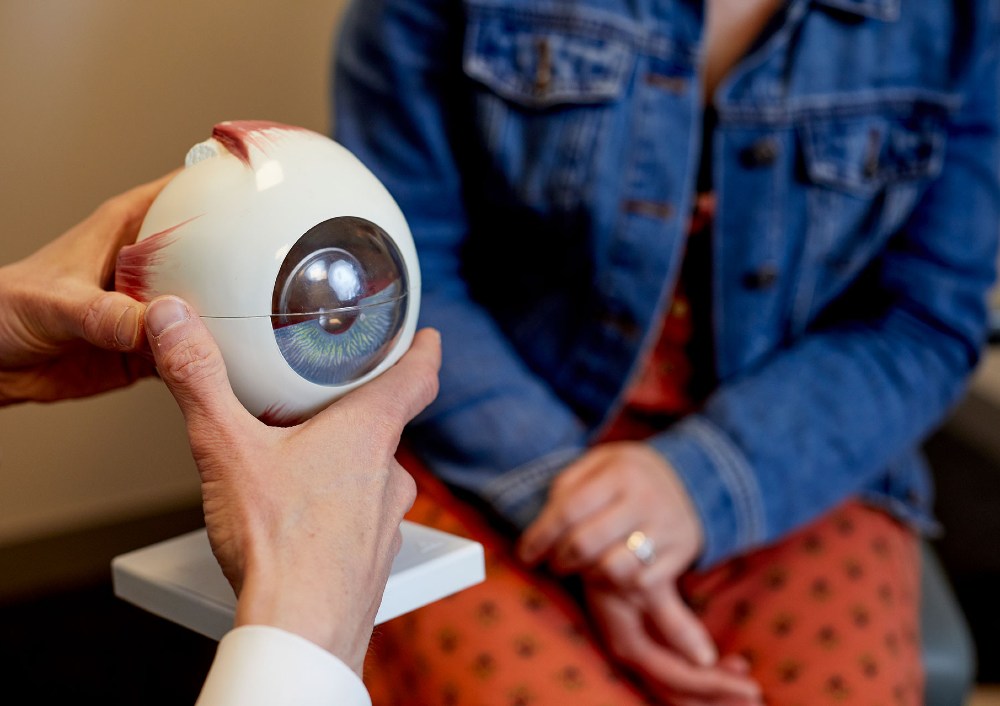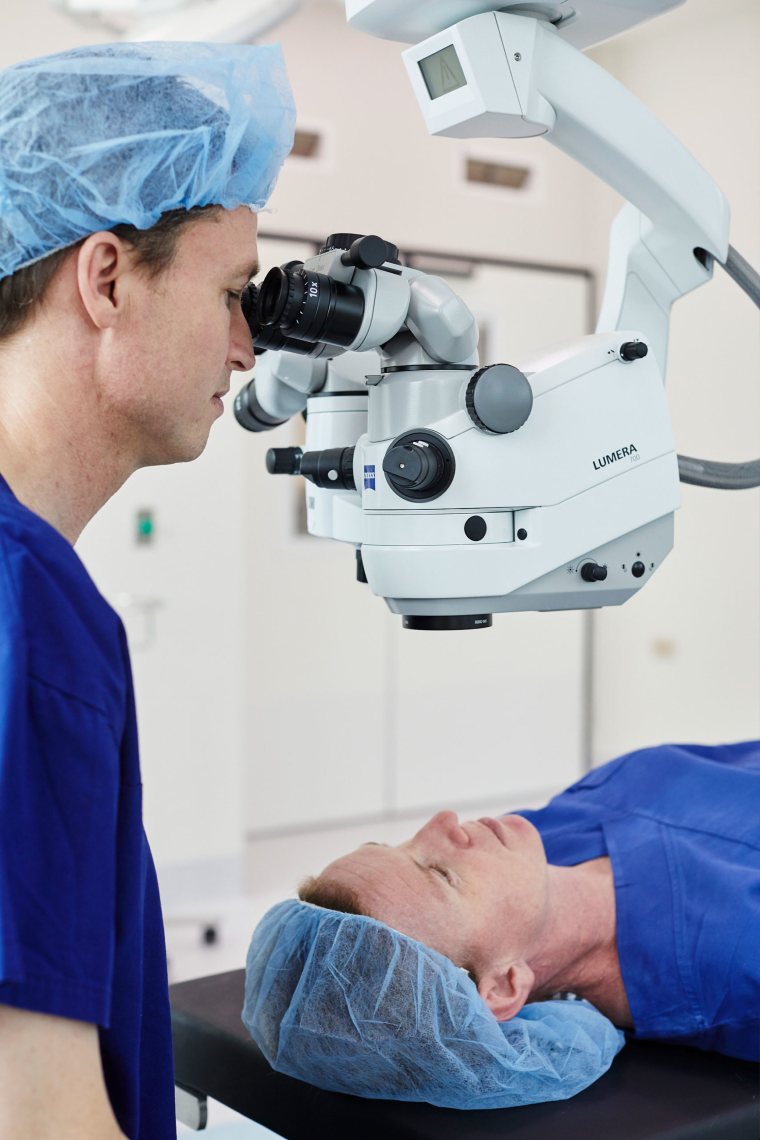Results from laser vision correction are generally excellent and deliver very high rates of satisfaction. Patients typically enjoy a dramatic reduction in glasses and/or contact-lens dependence. They typically find their vision without glasses is very good for most day-to-day activities and do not require glasses. Some (approximately one in 10 patients) might find they require a very weak pair of distance glasses for certain distance activities such as night driving, watching movies at the theatre or watching live sport at night. Glasses are still required for near vision from the late 40s, which is a normal age-related event.
Patients sometimes notice their eyes are more irritated after the procedure as they become drier. Typically this lasts for a few months and requires the use of lubricating drops regularly as part of their daily routine. Eye comfort returns to pre-LASIK levels thereafter. It is also important to consider that dryness is a normal age-related event and occurs in all patients, regardless of whether they have had LASIK or not. It gradually progresses in the longer term and, for most patients, is a minor intermittent inconvenience that necessitates the use of lubricating drops every now and then.
Many patients notice that their night vision changes. They notice haloes and starburst effects when they look at lights at night which, for the majority, is a point of note rather than something that causes any significant problems.
LASIK is performed with the aim of achieving a particular power for the eyes. The laser is very accurate in the way the treatment is delivered. It is important to note, however, that there is a range of outcomes and it is not possible to predict the exact outcome for each individual patient. The final result depends on a number of factors, including the patient’s healing response and their own subjective response to the final result. A small group of patients elect to have further treatment when they would like the final power adjusted. This re-treatment is called an enhancement.








